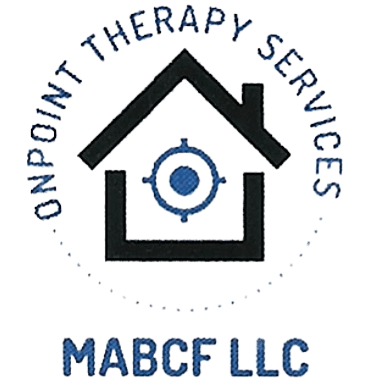
In-Home Therapy

In-home therapy, including physical therapy and occupational therapy, brings the benefits of rehabilitation directly to your home. This type of therapy is particularly helpful for individuals who have difficulty traveling to a clinic or prefer the convenience and comfort of receiving treatment at home. Here's an overview of in-home physical and occupational therapy:
- Assessment: The first step is an initial assessment conducted by a licensed physical therapist or occupational therapist. They will evaluate your condition, medical history, and functional abilities to develop a personalized treatment plan.
- Goal setting: Based on the assessment, the therapist will work with you to establish specific goals for your rehabilitation. These goals may focus on improving mobility, strength, coordination, balance, or functional abilities related to daily activities.
- Treatment sessions: In-home therapy sessions will be scheduled based on your needs and the treatment plan. The therapist will bring necessary equipment and materials to conduct the sessions in the comfort of your home. Each session typically lasts 45 minutes to an hour, but the duration can vary.
- Physical therapy: In-home physical therapy focuses on restoring movement, function, and strength. The therapist will guide you through exercises and activities aimed at improving range of motion, flexibility, balance, and muscle strength. They may use techniques such as manual therapy, therapeutic exercises, and modalities like heat or cold therapy as part of your treatment.
- Occupational therapy: In-home occupational therapy focuses on improving your ability to perform daily activities and tasks. The therapist will assess your functional abilities and provide strategies, adaptive equipment, and exercises to enhance your independence and safety. They may address activities such as dressing, grooming, bathing, cooking, and household tasks.
- Home modification and safety recommendations: The therapist will assess your home environment to identify potential hazards or barriers that may affect your mobility or safety. They may provide recommendations for home modifications, assistive devices, or adaptive equipment to improve accessibility and reduce the risk of falls or accidents.
- Education and training: In addition to hands-on therapy, the therapist will provide education and training to you and your caregivers. This may include teaching proper body mechanics, techniques for safe transfers, energy conservation strategies, and tips for preventing re-injury or managing symptoms.
- Progress tracking: The therapist will monitor your progress throughout the course of therapy. They will regularly reassess your functional abilities, measure improvements, and make adjustments to the treatment plan as needed.
- Communication with healthcare team: In-home therapists often work closely with your healthcare team, including your primary care physician or specialist. They provide progress updates, share treatment plans, and collaborate to ensure continuity of care.
- Transition to outpatient care: As you progress in your rehabilitation, the therapist will determine when it's appropriate to transition to outpatient care, if necessary. They will work with you to establish a plan for continuing therapy at a clinic or facility, if appropriate.
In-home therapy offers personalized and convenient rehabilitation in the familiar environment of your own home. It allows for focused attention and individualized care, helping you regain independence and improve your quality of life.
How Can We Help?
Send us your message through the form below.
